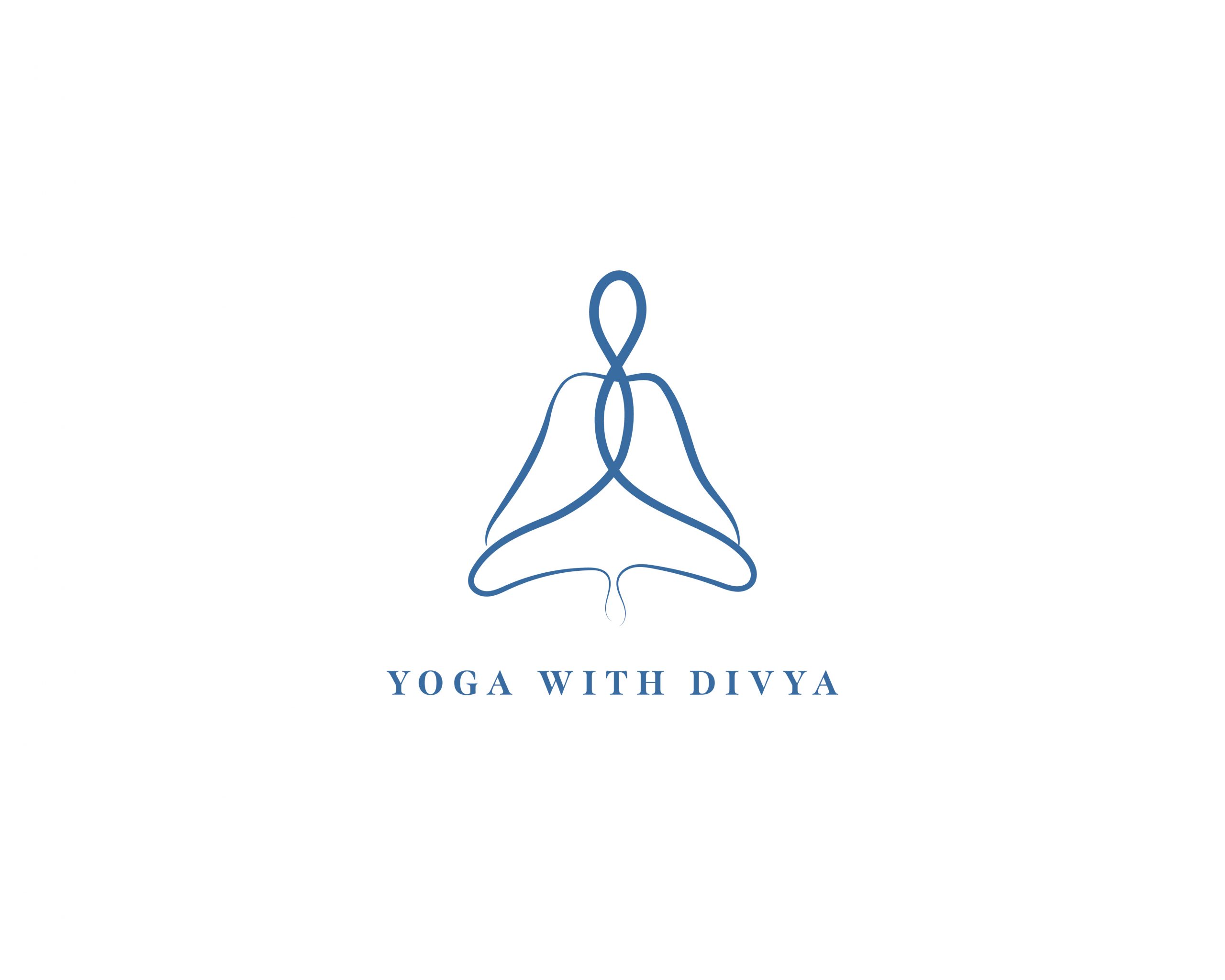Yin Yoga – regular weekly classes online
I teach Yin in a way that its physical, mental and spiritual effects are optimized, but also in a way that leaves it open for the individual to come and receive what is they personally need from the practice.
The sequences I teach in a Yin yoga session encompass: long, slowly paced, stretches, breathwork (Pranayama), mindfulness in the posture, and options on how to adapt each pose to how the body is feeling in that moment or day.
REGULAR WednesdayEvening Yin Yoga Class
7 – 8pm
These are drop-in live streamed classes, booked online.
To book your place click here
 What is Yin Yoga?
What is Yin Yoga?
“When I let go of who I am, I am become who I might be” – Lao Tzu
Yin Yoga is a quietly powerful way of doing yoga that affects the body deeply, encouraging the letting go of tensions held there. It is a way of doing yoga that gives space for thoughts, emotions and whatever we are holding onto to arise, move through and ultimately leave us feeling free.
The description comes from the ancient Chinese eastern philosophy of the Tao that says everything in life (from human beings and nature to the inanimate and what we can’t see) is composed of Yin and Yang: Yin is being, Yang is doing. In any given moment, everything is a combination and thus an expression of these two energies, says the Tao.
In practicing Yin yoga, we are developing or remembering, or Yin nature in body, mind and spirit. This is much needed and beneficial in today’s lifestyles which are fast, over-stimulated, externally focused and demanding of our energies. With Yin, we come back to things just as they are and learn to make peace with that.
The physical practice of Yin
In a Yin yoga practice, we are mainly in contact with the earth, with seated, supine (on back) or prone (on front) postures that are held for a few minutes at a time. It works on the whole body and in particular on the deep tissue that keeps our body together and is wrapped in and around our organs and muscles and joints. It can seem a simple practice, but being in a posture for up to five minutes at a time, managing the physical sensations and whatever we associate with them that arise, is a training and a challenge to our patterns, as well as to any stiffness, discomfort or tension that might be there.
The physical practice is a perfect compliment to a dynamic yoga practice, as well as being open to those seeking to work into their bodies at a pace and support that won’t deplete energy reserves.
The mental practice of Yin
On the mat or wherever we are practicing Yin yoga, once we have aligned the body into a posture, we are asked to commit to being there in physical stillness – unless a pain arises or we are overwhelmed, to which we always respond to kindly. In the few minutes of inhabiting the pose, the challenge becomes as much mental as it does physical: bearing witness to the thoughts, emotions, memories, projections and planning that shows itself and tried to distract us from the here and now while we are in the physical posture. In this way, Yin yoga doubles up effectively as a meditation practice and time to learn how to: be with how we are feeling and thinking (mindfulness), surrender to the moment (being in the now), develop awareness and self-awareness, and find mental and emotional refuge in something beyond the thoughts and our habitual ways of responding.
